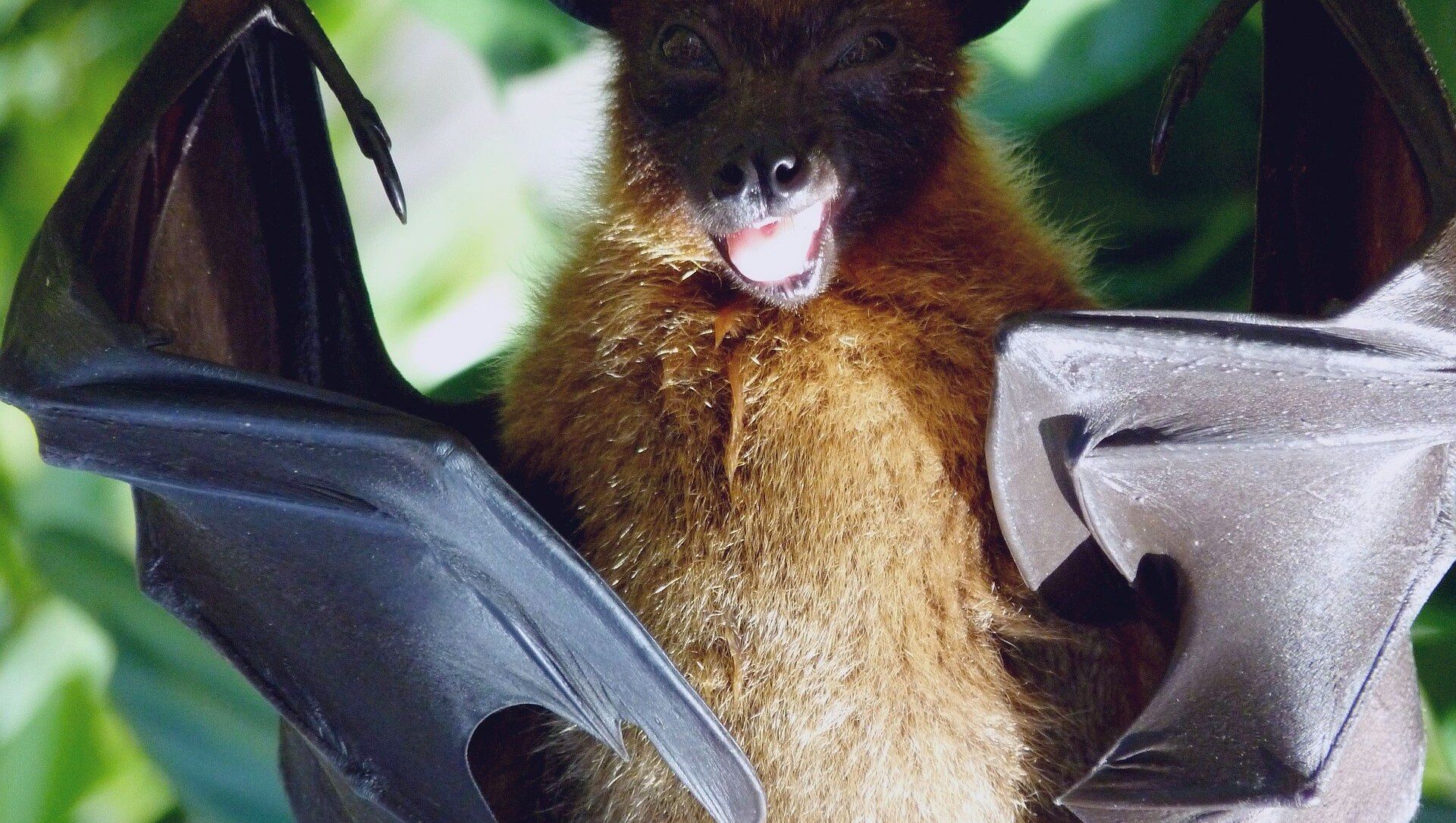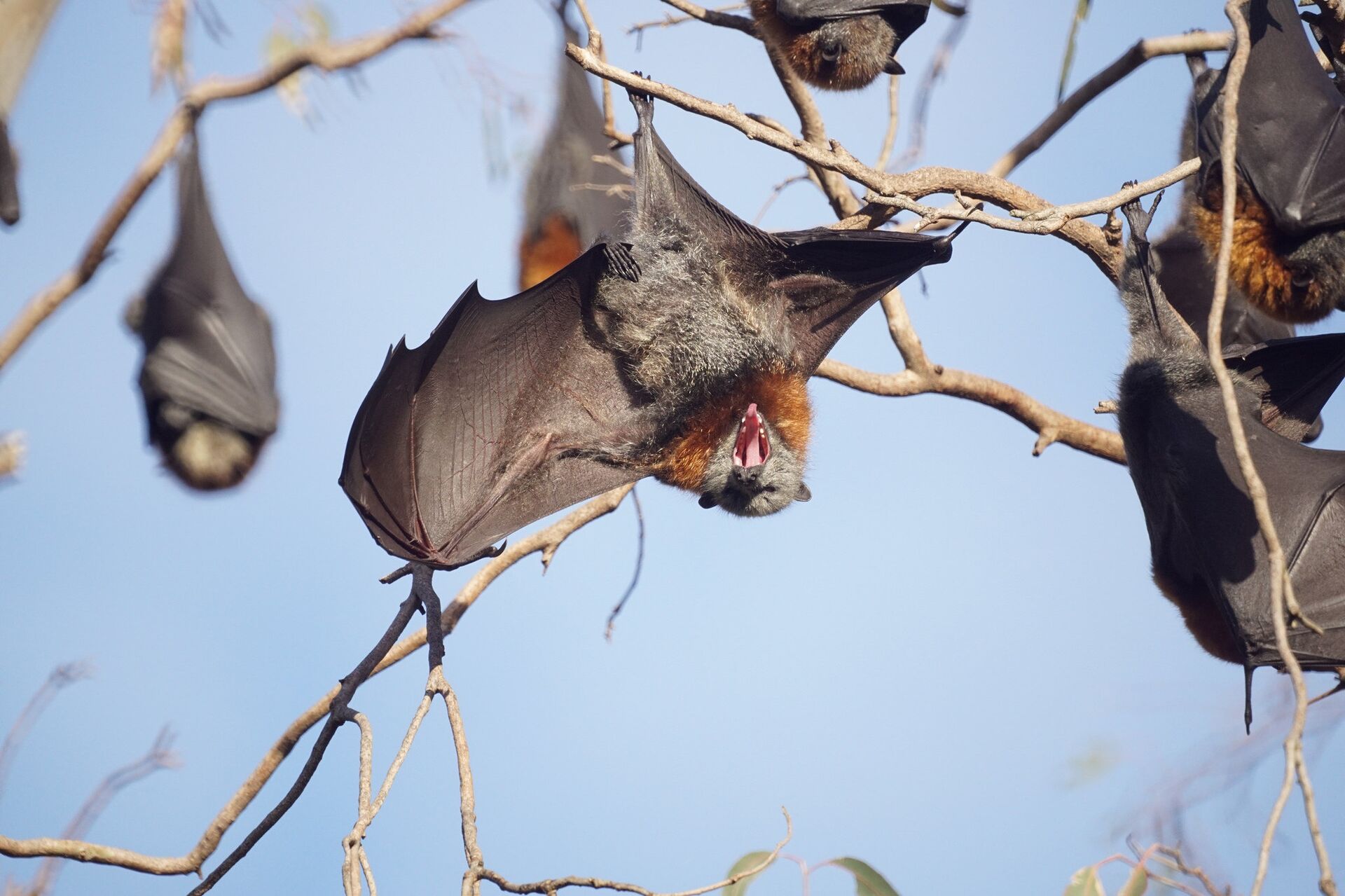An onslaught of huge numbers of intimidatingly large bats has been wreaking havoc on Adelaide, the capital city of the state of South Australia.
Adelaide's bat colony has grown to over 25,000 leading to more power outages as they search for food overnight. We know this is frustrating and seek to minimise the impact on the network, and the colony, and are looking for your fresh and cost-effective ideas to do this. pic.twitter.com/pCpLgeIQ6c
— SA Power Networks (@SAPowerNetworks) March 10, 2021
A growing colony of over 25,000 grey-headed flying foxes, protected representatives of the megabat family, has been triggering power blackouts, with around 40 incidents so far this year, according to ABC News.
While the searing heatwaves of previous years saw the number of these bats, capable of traveling about 70km each night as they forage for food, dwindle, SA Power Networks spokesman Paul Roberts said numbers have rebounded to reach about 20,000.
Recent weeks have witnessed around 25 power outages in the northern and eastern suburbs, with nearly 2,000 homes at Klemzig cut off after one bat became entangled in the powerlines.
"We've also had a number of momentary outages where the lights flicker, because of bats flying into lines, or getting hooked up across lines or hitting other infrastructure and sadly either getting badly injured or electrocuted," said Paul Roberts.
The bats first moved into Botanic Park in the heart of the city in 2010, with the colony expanding steadily. The fact that this summer Adelaide was spared its usual heatwaves means that more pups than usual survived, said Jason van Weenan, an ecologist with the South Australian government’s Green Adelaide program.
“These young bats are leaving the colony on their first foraging runs, and they’re getting into strife on the power line infrastructure. It’s particularly noticeable this year because not only do we have a large colony at the moment (at the upper endof its historical range), but we also have a lot of young surviving so that’s unusual.”
Power distributor SA Power Networks is forced to deal with an average of four significant blackouts caused by bats each week.
"We're trying to deal with the issue but there's no real magic solution because these bats have a very random pattern of foraging across the metropolitan area to look for their food," said Paul Roberts.
The electricity distributor in the state of South Australia struggles to retrofit infrastructure with animal exclusion devices, as the network was not built to withstand an onslaught of very large bats - a relatively new phenomenon for urban South Australia.
"These bats have a wingspan of up to 1.5 metres — the typical spacing between our powerlines are either half a metre or a metre. Their wings can easily go across the top of poles and connect and they get electrocuted," said Roberts.
While the power distributor is working together with the government on how to mitigate network damage, there is a hope that time itself with offer a solution.
“What we anticipate is that as those youngsters build their skills over coming months that the incidents should hopefully drop, as they become more experienced in flight and moving through the landscape,” said ecologist Jason van Weenan.





